The Week On-Chain (Week 48, 2020)
After a rather tumultuous week, BTC and the rest of the crypto market appear to be recovering, with bitcoin rallying to break its all-time high and quickly approaching $20,000.

A New Week On-Chain
We're changing up The Week On-Chain to place even more of a focus on the fundamentals offered by on-chain data. This new format will include more of what our readers love most, while keeping the core information that provides actionable market insights about BTC and other popular cryptoassets! If you miss the old format, or have any other feedback on our new format, let us know on Twitter!
Bitcoin Market Health
Bitcoin, along with the rest of the crypto market, had a tumultuous week. After starting the week at over $18,600 and subsequently rising above $19k, BTC dropped sharply on Thursday, finding support at $16,500 and slowly increasing to end the week at $18,145.
As of Monday, however, BTC is quickly approaching $20k, and even briefly broke its all-time high of $19,783.
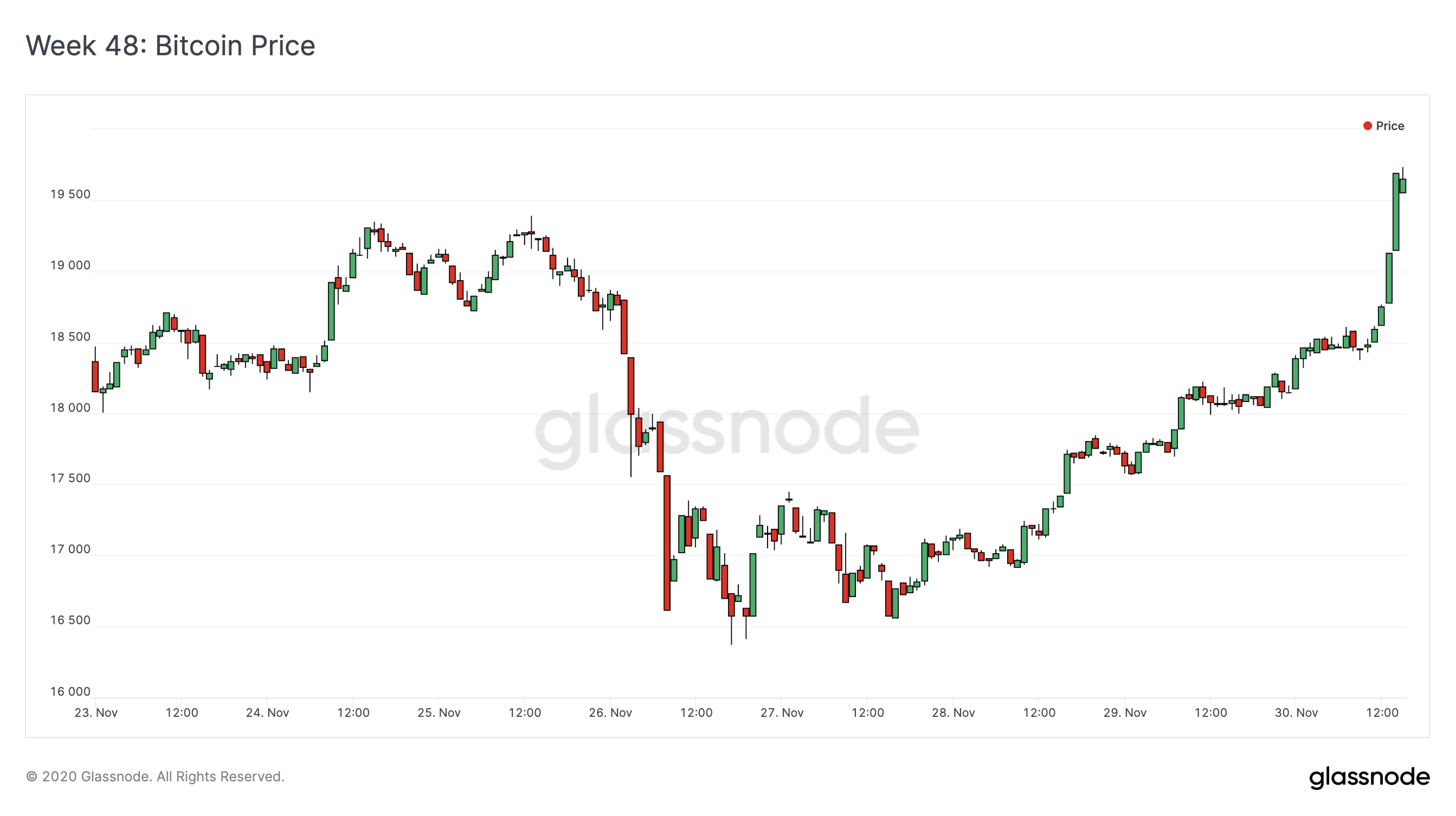
For the Bulls
The Number of Active Entities (Tier 3) on the Bitcoin blockchain has steadily increased throughout 2020, and is now approaching 400,000 active entities per day - less than 4% short of its previous all-time high. It has only been higher than the current level at one point in time, during the bull market in late 2017.
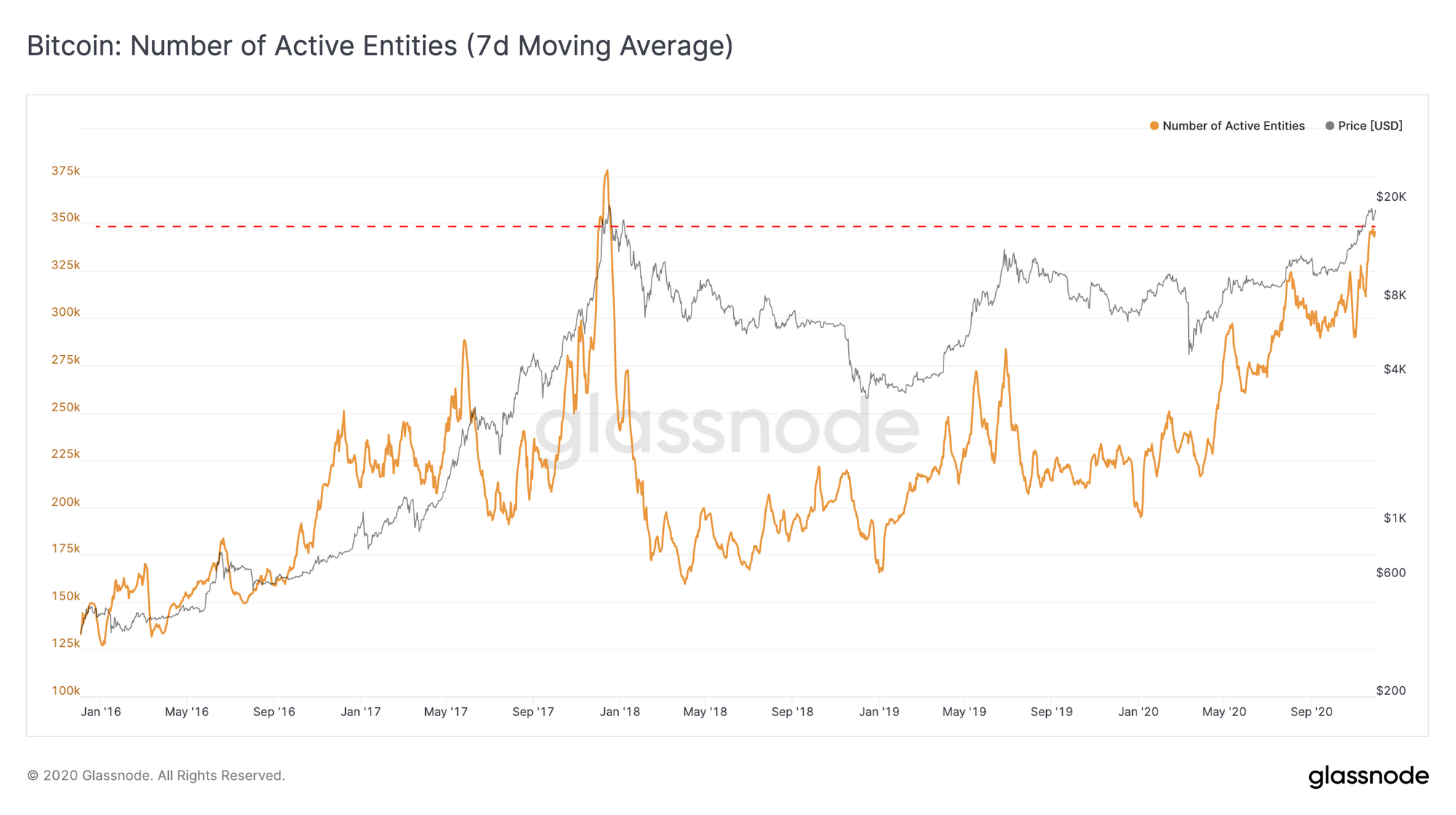
This heightened on-chain activity signifies increased adoption and usage of the network. However, unlike the last bull market, the Number of New Entities (Tier 3) is still comparatively low.

This indicates that the current rally may be more driven by institutional investors, rather than retail. As such, it is possible that we can expect more growth in terms of adoption and price before retail investors start to enter the market.
For the Bears
Countering this bullish perspective is Entity-Adjusted ASOL (Tier 3), which shows that the average age of coins being transacted is rapidly increasing. A higher value means that in general, older coins are being moved, which may signify longer-term holders realizing profits.

On November 28, the average age of coins transacted was 43.9 days. The last time Entity-Adjusted ASOL was this high was in January 2018, when longer-term holders sold off BTC as it fell from its all-time high. The recent spike indicates that longer-term holders are realizing profits made over the past few years, an analysis which is supported by an increase in Coin Days Destroyed (Tier 2) and LTH-SOPR (Tier 3).
However, this pattern differs from the 2017 bull market in that the spike in ASOL is occurring while the price is still increasing, as opposed to after a top. It does not necessarily represent a sell-off (or a response to one, as we saw in 2018), but it does suggest that long-term holders may have doubts about the potential for sustained price movement above ATH as early as this year.
A Bullish Comment from Willy Woo
The re-accumulation phase of this bull market has coincided with the longest and deepest depletion of BTC inventory from spot exchanges in bitcoin’s 12 year history.
This depletion has lasted 10 months thus far, doubling last cycle’s 5 month span. Similarly, the volume of coins scooped off exchanges and into cold storage reflects 19% of inventory vs. 11% in the last cycle. With this in mind, 2021 is expected to be wildly bullish.
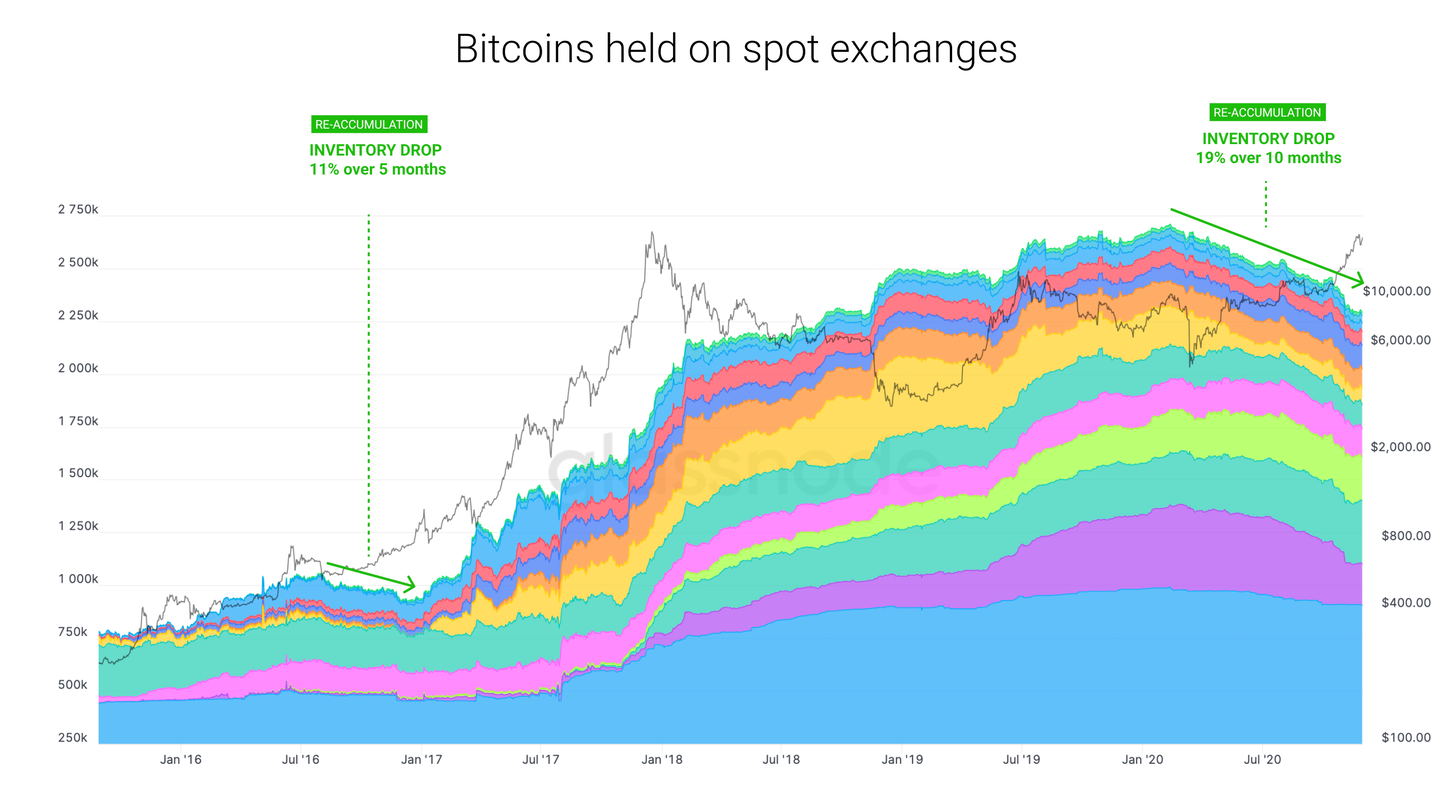
While the market may need to cool down locally after a strong November rally, the longer-range market structure is extremely bullish. Consider the coming weeks the last dip-buying opportunity before Bitcoin breaks above its all time high and begins its price discovery phase above $20k.
Once past $20k, there will be no historical resistance levels to contend with, allowing for the price discovery mechanism to launch the price upwards at an increased rate. Investors should consider fully deploying capital before the all time high.
Read more from Willy Woo in his newsletter, The Bitcoin Forecast (current Black Friday discount).
Altcoin Feature: End of UNI Staking Causes Supply of WBTC in Smart Contracts to Drop
Between 17 September and 17 November, Uniswap offered the opportunity to farm UNI tokens by providing liquidity to any of four ETH-based liquidity pools. The largest of these pools was ETH/WBTC, which attracted over $800 million of liquidity at its peak.
This led to a large number of ETH and WBTC being locked in smart contracts as users farmed UNI tokens. But on the day that farming ended, both of these assets saw a decrease in the percentage of their supply being locked up (Tier 2) - a drop which was especially large for WBTC.

ETH saw a 0.8 point decrease when UNI farming ended on 17 November, while WBTC, which naturally has less use cases than Ethereum's native asset, saw a massive 10 point drop as users withdrew their liquidity from Uniswap. This, in turn, led to a $1.3 billion drop in total liquidity on Uniswap - a decrease of over 42% from the previous day.
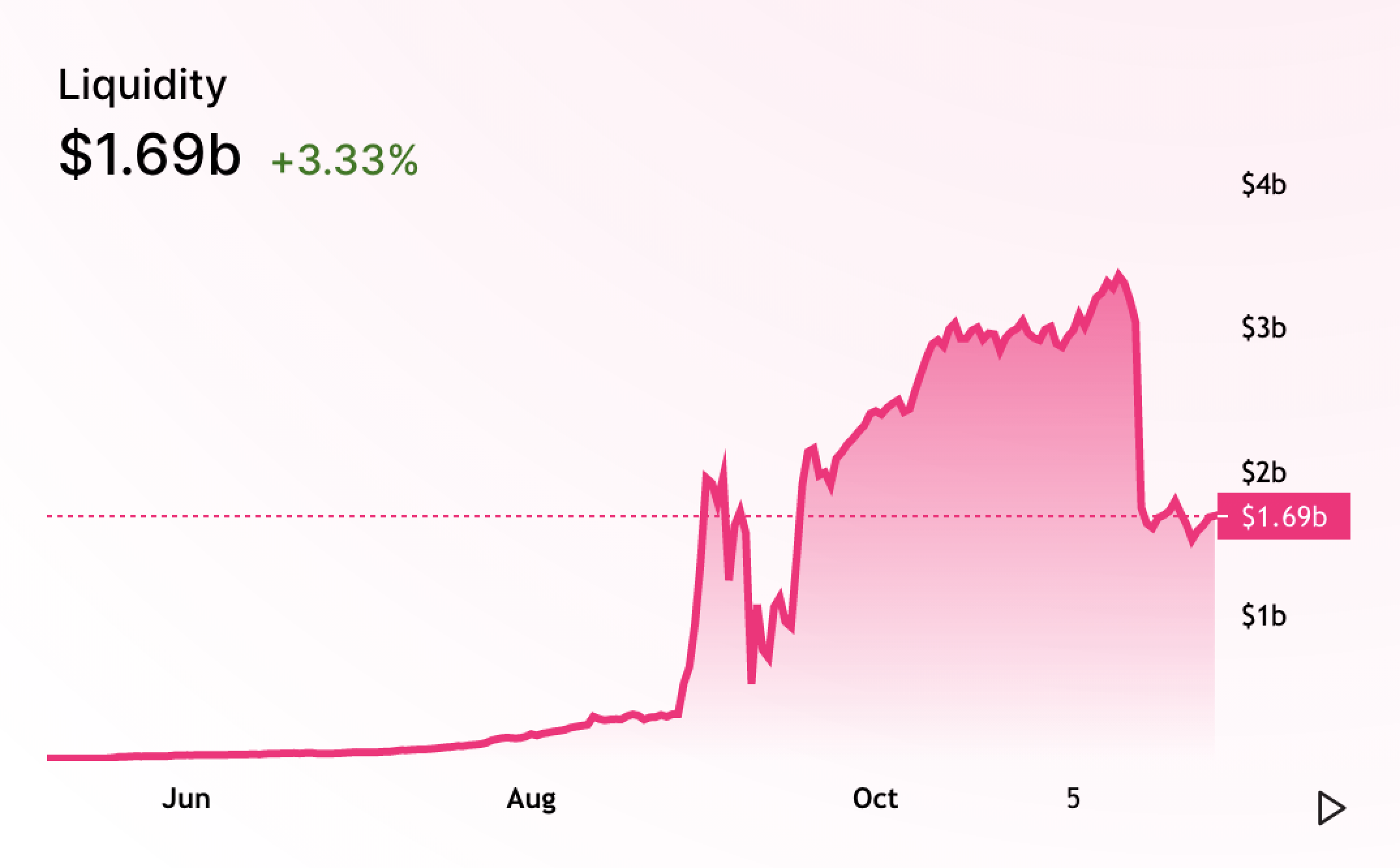
The other assets which were supported for UNI liquidity farming (DAI, USDC, and USDT) saw smaller - but still notable - decreases in comparison with WBTC (3.95, 1.45, and 0.63 points, respectively).
Notably, despite over $1 billion worth of ETH being locked up in these pools, the price of ETH was not impacted by the return of these coins to the market, suggesting that their owners continued to hold them even after staking ended.
Which altcoins would you like to see us cover in future editions of The Week On-Chain? Let us know on Twitter.
Weekly Feature: Quantifying Short-Term and Long-Term Holder Bitcoin Supply
We recently published an analysis - Quantifying Short-Term and Long-Term Holder Bitcoin Supply - which introduces a new methodology for classifying BTC supply owned by long-term investors and short-term traders.
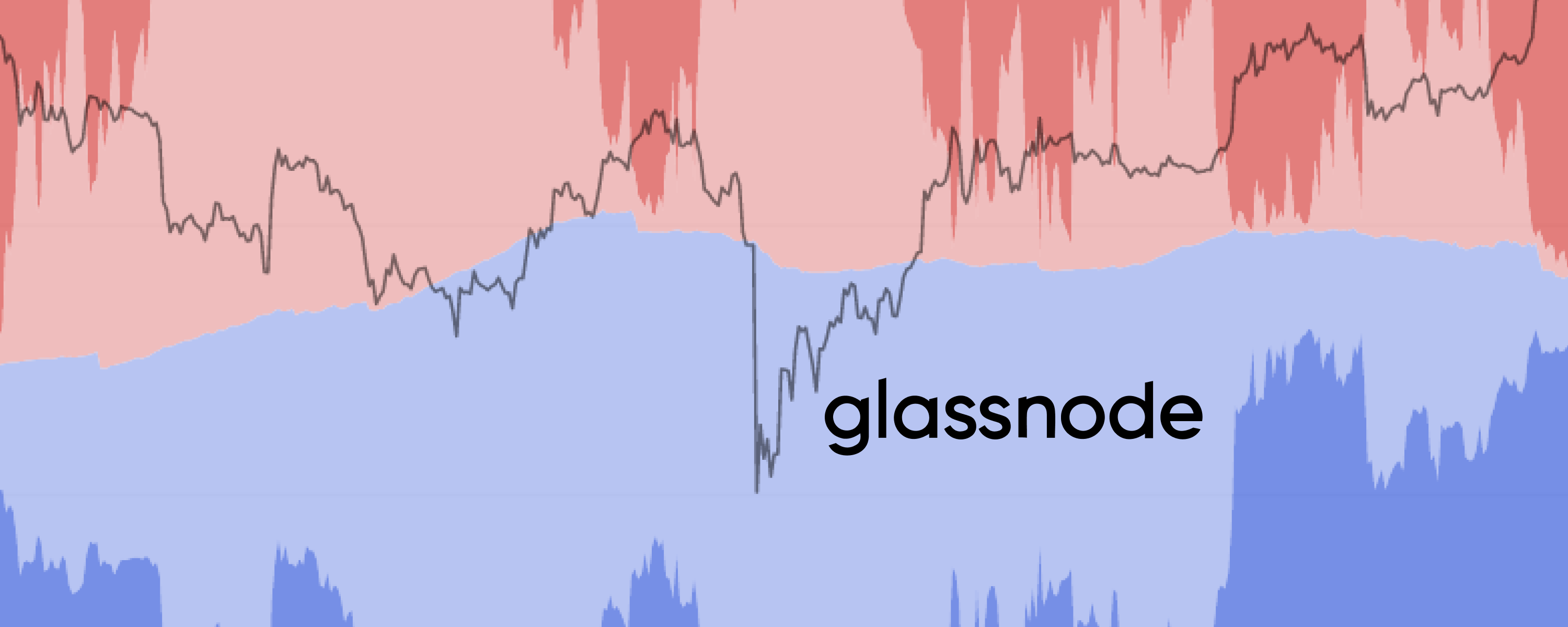
Written by our team members Rafael Schultze-Kraft and Kilian Heeg, this analysis delves into our new set of on-chain metrics which show when these two investor groups are in a state of profit or loss, and what this means for the market.
The article contains in-depth analyses of phenomena like the "valleys of loss" which occur when long-term holder supply moves into a state of loss as Bitcoin enters a bear market.
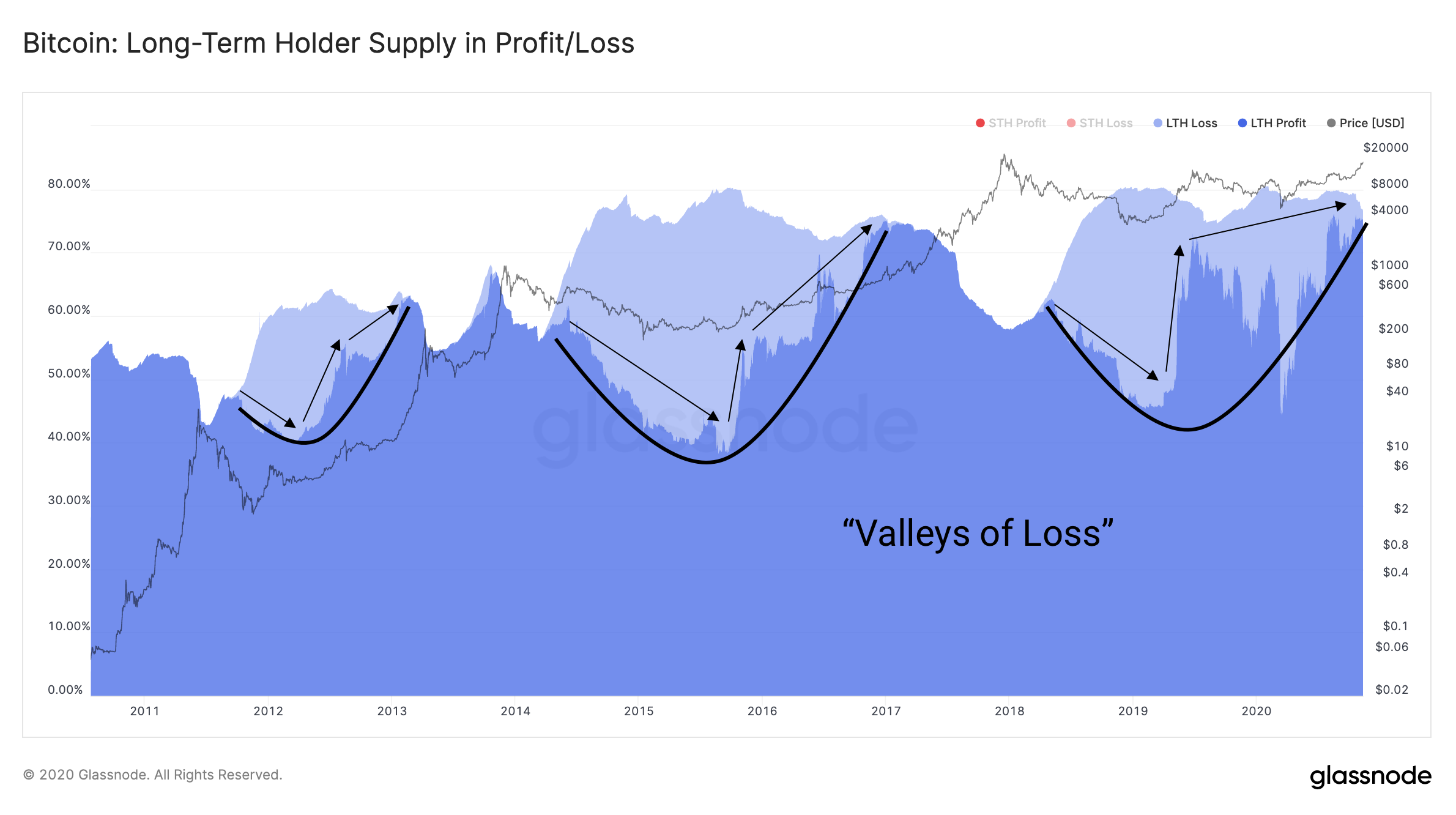
Check out this new analysis to see in-depth descriptions of these kinds of trends, and learn how the behavior of long-term and short-term holders can indicate impending changes in the market.
Product Updates
Features
- Dark Mode - Do your eyes hurt? We hear you. Turn the lights off – dark mode is now available on Glassnode Studio, providing a better viewing experience than ever before!
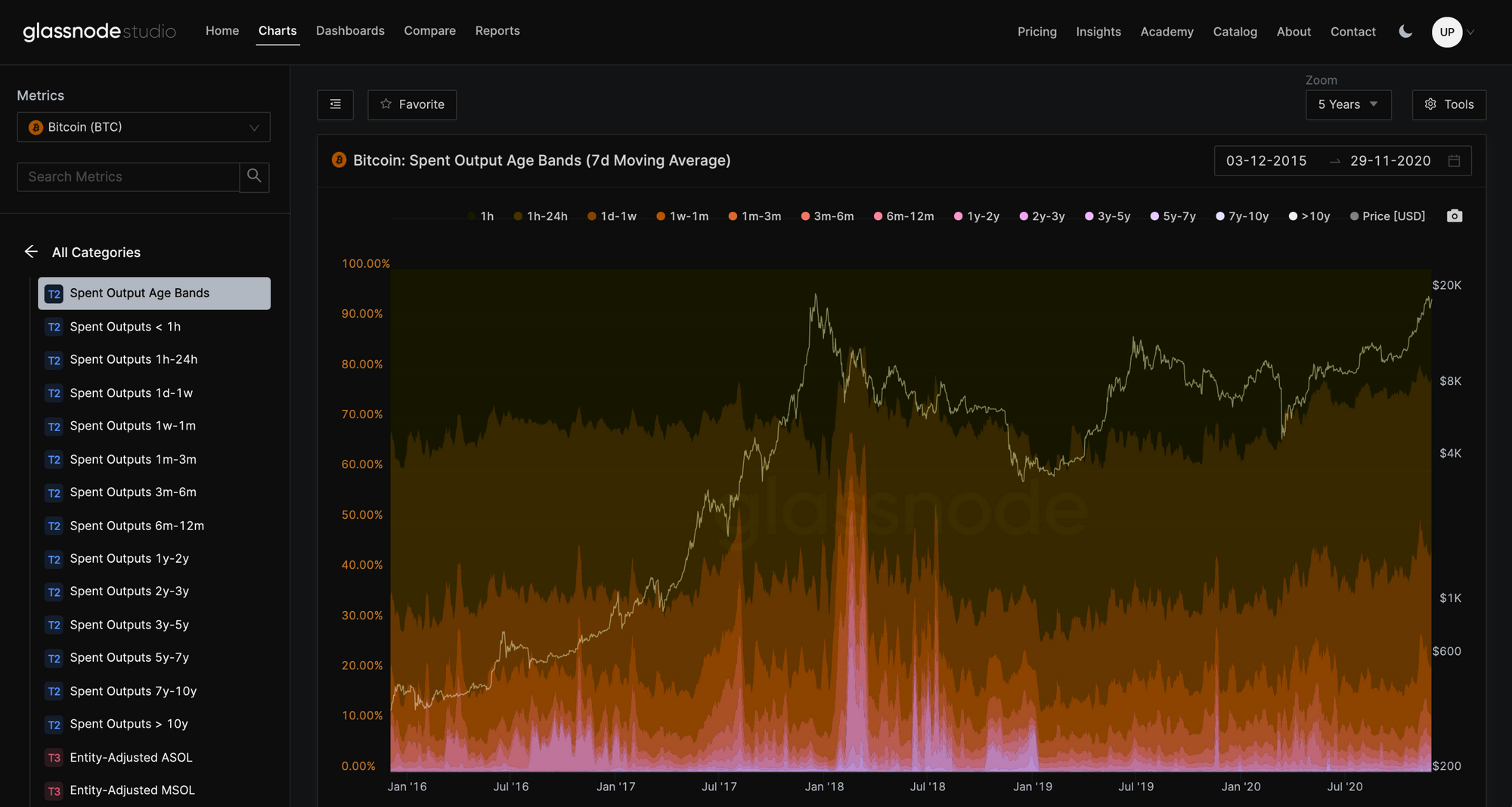
- Custom Dashboards - Remember to try out our new custom dashboards. Build personalized dashboards and save your favorite metrics for easy access and comparison.

- Follow us and reach out on Twitter
- Join our Telegram channel
- For on–chain metrics and activity graphs, visit Glassnode Studio
- For automated alerts on core on–chain metrics and activity on exchanges, visit our Glassnode Alerts Twitter

